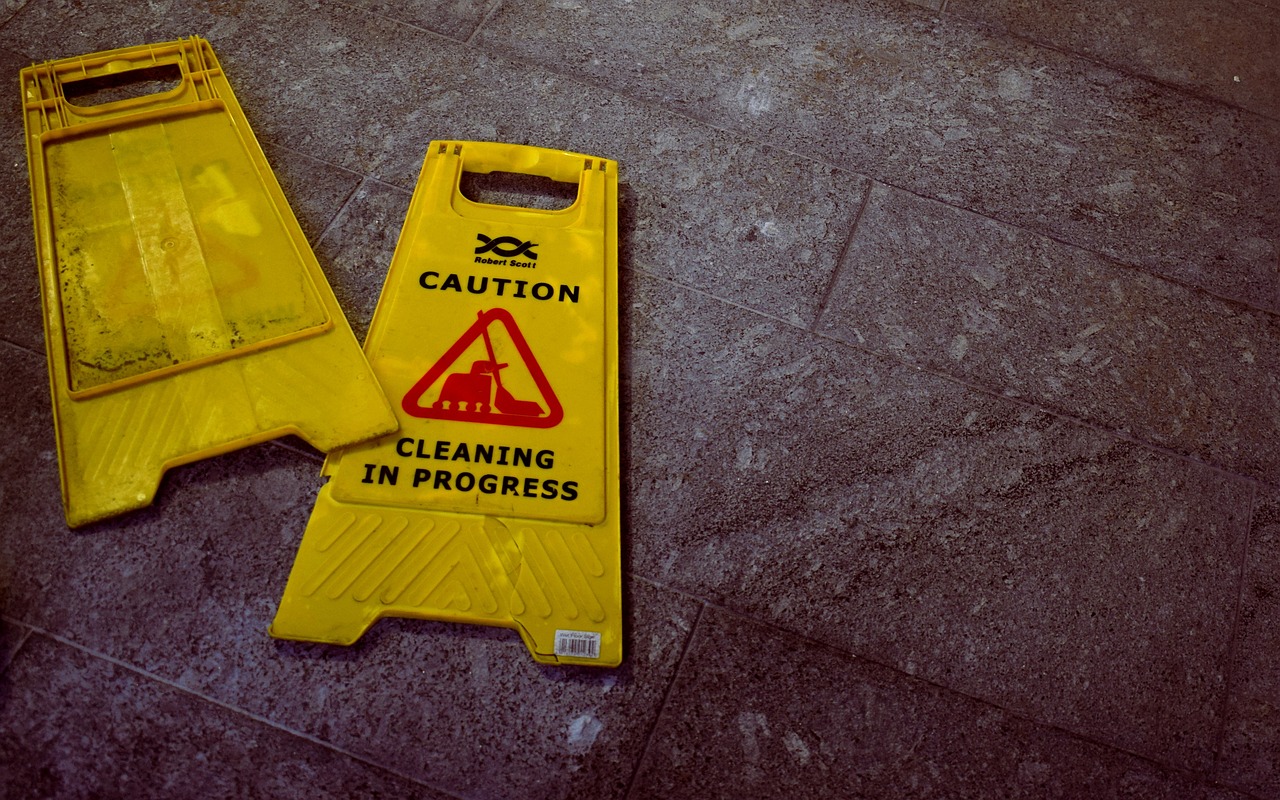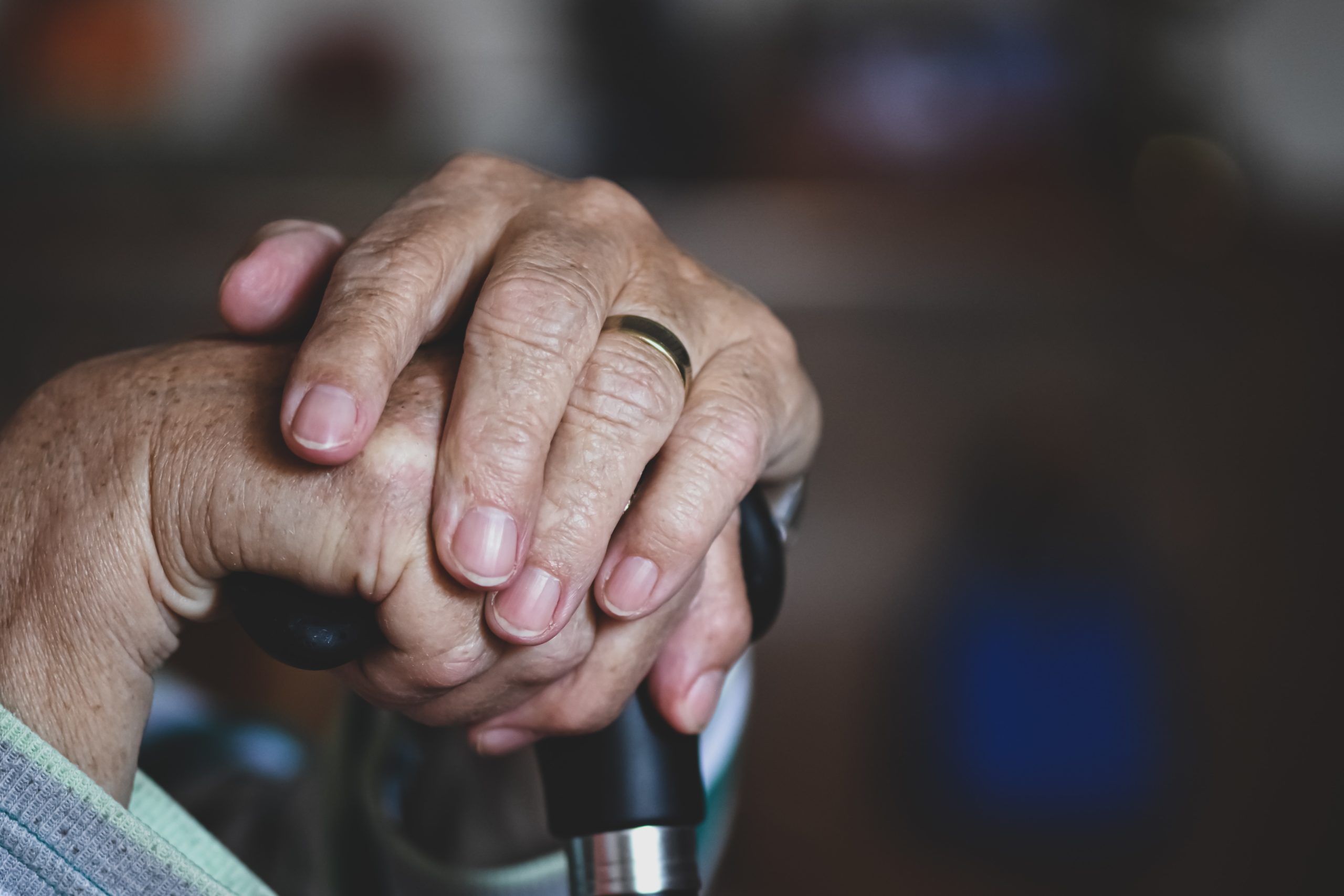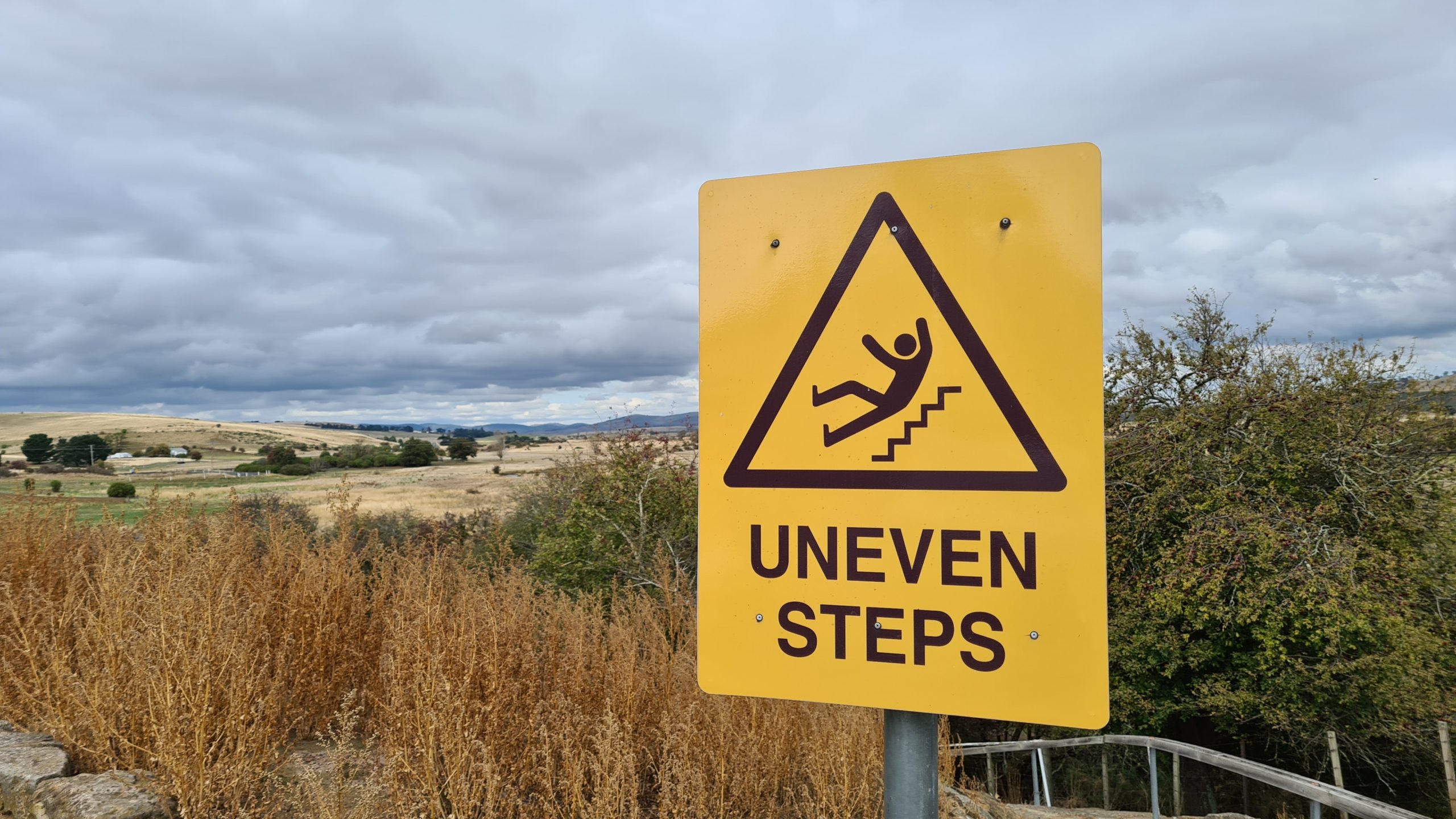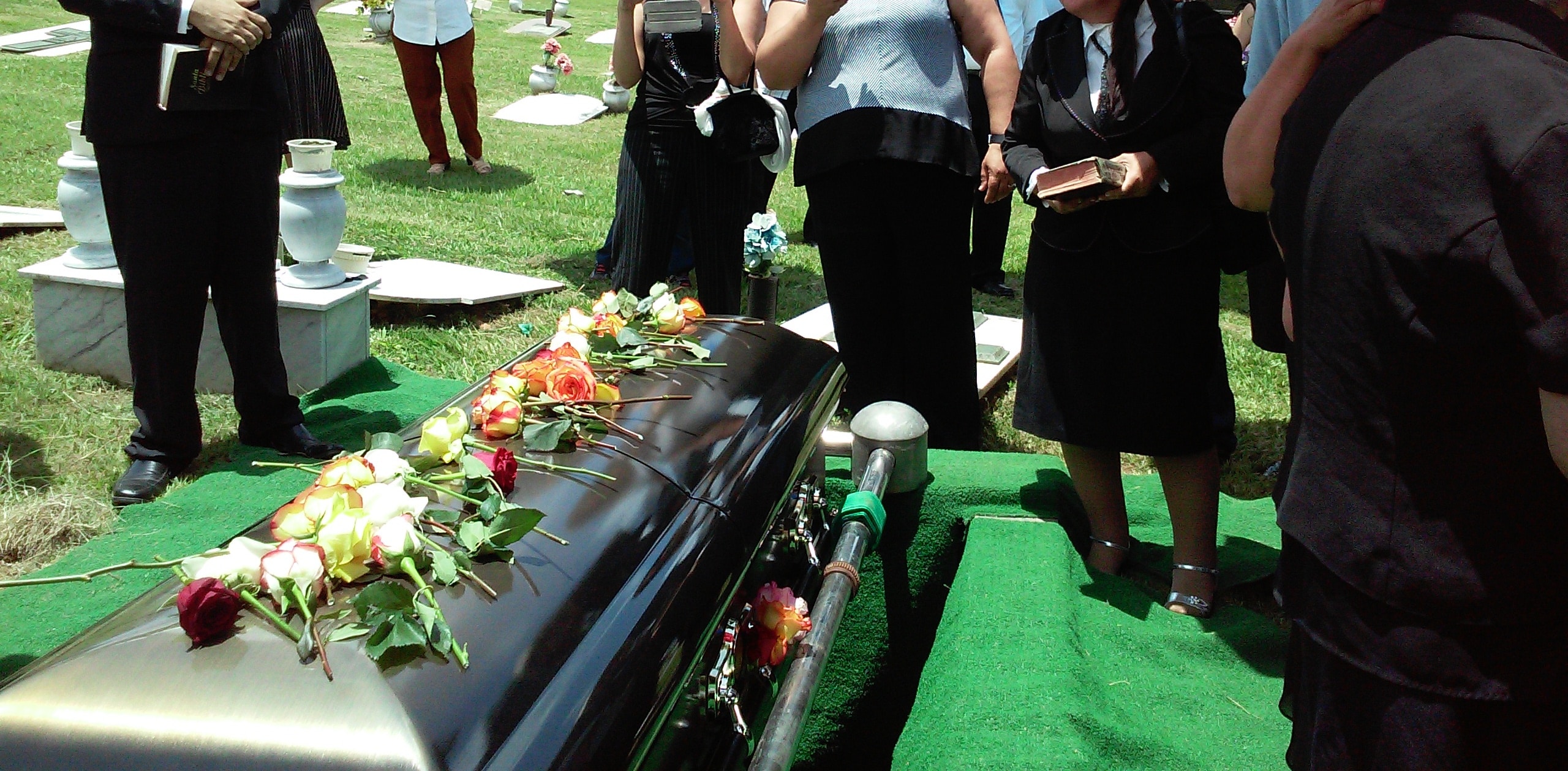This comprehensive guide aims to provide individuals who have experienced slip and fall incidents in public spaces with valuable insights on how to navigate their legal rights. By understanding the necessary steps and considerations involved in such situations, individuals can effectively address their claims and seek appropriate compensation. This document will outline key aspects to consider when dealing with slip and fall incidents, empowering individuals to assert their rights confidently.
Imagine this scenario: While traversing a lively shopping district, one encounters a situation where a smooth surface beneath their feet causes an unforeseen interaction with the force of gravity. A slip and fall incident that occurs in a public space can have both immediate and long-term consequences, in addition to causing personal embarrassment. This blog post aims to provide an in-depth analysis of the rights that individuals possess following an incident. By equipping readers with comprehensive knowledge, we empower them to assert their rights and pursue the appropriate compensation they are entitled to.
1. Determining Liability: The initial stage in asserting your rights involves identifying the party responsible for the slippery situation. Public spaces have a responsibility to ensure the safety and well-being of their visitors. In the event that negligence, such as the failure to uphold safe conditions, is detected, there exists the possibility to establish a basis for holding the property owner or manager accountable for any resulting injuries.
2. Preserving Evidence: A smartphone can serve as more than just a device for taking selfies; it possesses significant capabilities for effectively safeguarding evidence. Capture photographs of the surrounding environment, including any potentially dangerous circumstances, as well as any personal injuries sustained. The utilization of visual documentation serves as a powerful tool in substantiating the negligence that resulted in your slip and fall incident.
3. Immediate Reporting: The presence of delay poses a significant challenge to the pursuit of justice. The incident should be promptly reported to the property owner, manager, or relevant authority. The act of reporting in a timely manner not only guarantees a quick response but also enhances the strength of your case by demonstrating that the matter was promptly resolved.
4. Witness Statements: In the event that your slip-and-fall incident did not take place in an isolated alley, it is possible that there were individuals who witnessed the occurrence. Gather statements from individuals who witnessed the occurrence. The inclusion of their accounts can offer significant evidentiary support, bolstering your assertion and establishing a chronological sequence of occurrences.
5. Medical Attention: The prioritization of your well-being is of utmost importance. It is imperative to promptly seek medical attention in order to safeguard your well-being and establish a clear correlation between the incident and the resulting injuries. Medical records play a critical role in assessing the magnitude of your damages.
6. Engaging Legal Advocates: The process of navigating through the complexities of the legal system can be overwhelming, but rest assured that you do not have to tackle it single-handedly. Seek guidance from knowledgeable legal professionals who have expertise in the field of premises liability. They have the ability to offer invaluable guidance, which ensures that you possess the necessary knowledge to make well-informed decisions regarding your case.
7. Familiarize Yourself with Your Rights Regarding Intimidation: Certain individuals may seek to minimize the validity of your claim or discourage you from taking legal measures. Familiarize yourself with your legal entitlements and assertively maintain your position. Pursuing compensation for injuries caused by another party’s negligence is within your rights, and it is important to remain steadfast in the face of intimidation tactics.
8. Damage Documentation: In addition to initial medical costs, the damages you may incur could include future medical expenses, lost income, and the experience of pain and suffering. It is imperative to maintain thorough documentation of all associated expenses and seek guidance from experts who can accurately assess the complete magnitude of your losses.
9. Negotiation and Settlement: A significant number of cases are resolved through the process of negotiation. It is advisable to be adequately prepared to engage in discussions with the party responsible for the incident or their insurance provider. The presence of a legal advocate can guarantee that any settlement proposed is equitable and accurately represents the damages suffered.
10. In the event that negotiations fail to produce a satisfactory resolution, litigation may be pursued. In the event that this occurs, it is advisable to be ready to escalate the issue to the legal process of litigation. A proficient legal team specializing in slip-and-fall cases can effectively advocate for your rights in a court of law, diligently pursuing the appropriate compensation to which you are entitled.
In the event of a slip-and-fall incident occurring in a public space, it is important to note that individuals are not required to face the subsequent consequences in isolation. Exercise your legal entitlements, establish your position firmly, and ensure the triumph of fairness and equity. The process of seeking compensation commences by familiarizing oneself with their legal entitlements and undertaking the necessary measures to safeguard them.
We are here to help you obtain the settlement you deserve. Reach out to 1-833-DARFOOR.











